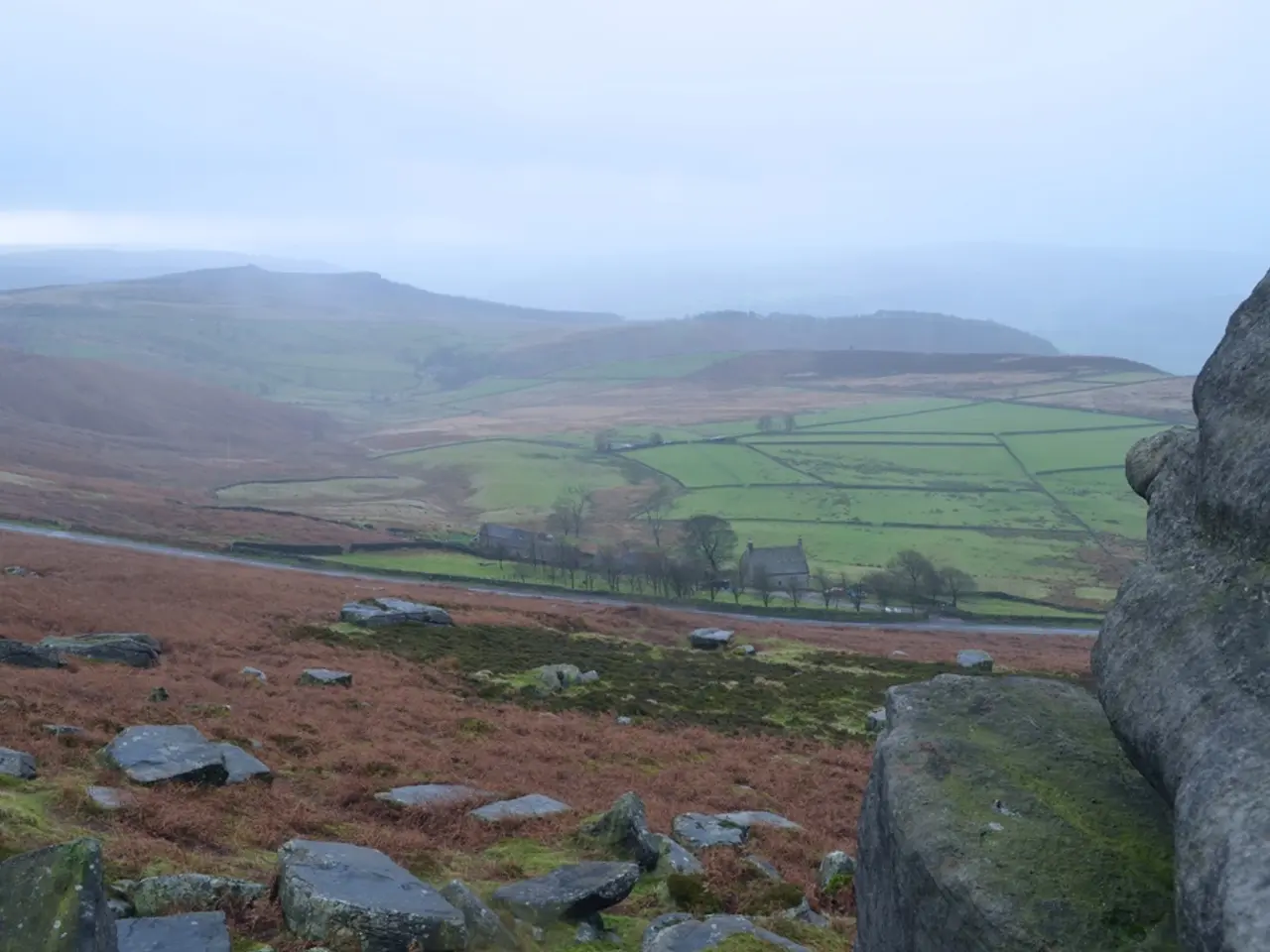Unregulated tourism poses a threat to Egypt's final pristine coastal region
The development plans for Ras Hankorab, a pristine beach located within Wadi al-Gemal National Park on Egypt's Southern Red Sea coast, are currently in limbo[1][2][3][4]. Despite construction being halted, the future of the proposed resort development remains uncertain due to ongoing legal and environmental uncertainties.
The legal validity of the project is questionable, as the contract was signed between an unnamed government entity and an investment company[1][2][3][4]. According to environmental lawyer Ahmed al-Seidi, if the contract was indeed signed with a government entity other than the one managing the reserve, it would be "null and void" under Egyptian law[1][2][3][4].
Another significant concern is the lack of an environmental impact assessment report. Despite calls from parliament members and environmental advocates, no such report has been produced or made public[1][2][3][4]. The area’s management is also in limbo, with new infrastructure such as improved toilets, sun loungers, a cafe, and increased entry fees introduced, but the legitimacy and authority behind these changes remain unclear[1][2][3][4].
The potential impact on endangered green turtles and the local ecosystem is a major concern. Ras Hankorab is a critical habitat for these endangered species[2]. Critics argue that the resort development threatens one of Egypt’s last undisturbed Red Sea beaches, putting fragile habitats and species like the green turtles at risk from habitat destruction, increased human disturbance, and potentially illegal development practices violating the nature reserves law[1][2][3][4].
Environmental lawyers and activists emphasize that unchecked tourism developments aim to maximize profit at the cost of destroying vital natural reserves[2]. Marine biology professor Mahmoud Hanafy stated that certain types of tourism development could destroy the ecosystem in Hankorab[1].
The UNDP warned in 2019 that Egyptian tourism growth has largely been at the expense of the environment, with luxury resorts and gated compounds displacing communities and damaging fragile habitats along hundreds of kilometres[5]. The Red Sea, where tourism is the main employer, is key to Cairo's plan to attract 30 million visitors by 2028, double today’s numbers[6].
MP Maha Abdel Nasser has sought answers from the environment ministry and the prime minister regarding the construction in Hankorab, but received no response[1]. The environment ministry protested the construction, and machinery was removed, but parliamentary requests for details have gone unanswered, and insiders say the plans remain alive[1].
In March, a contract was discovered between an unnamed government entity and an investment company to build a resort in Ras Hankorab, sparking concerns among reserve staff and conservationists[1]. An employee who started in March recalls that before the project, there were only a few umbrellas and unusable bathrooms in Hankorab[1]. A newly built gate marked "Ras Hankorab" has been constructed, and entry now costs 300 Egyptian pounds ($6), five times more than before[1].
Tickets for entry do not name the issuing authority, and there are new toilets, towels, sun loungers, and a cafe and restaurant promised soon[1]. The situation is currently unresolved, with ongoing local and international concern.
[1] Al-Monitor (2023) [2] The Guardian (2023) [3] The Egyptian Gazette (2023) [4] Reuters (2023) [5] UNDP (2019) [6] Egypt Today (2022)
- The legal and environmental uncertainties surrounding the proposed resort development in Ras Hankorab raise concerns, as the contract was signed with an unnamed government entity.
- In environmental science, the importance of conducting an environmental impact assessment report cannot be overstated, especially in areas like Ras Hankorab, which is a critical habitat for endangered species like green turtles.
- The potential financial implications of this project are significant, considering the large investments often required in real-estate and resort development, and the potential long-term damage to the environment and tourism industry.
- Sports and tourism officials should take a keen interest in the fate of Ras Hankorab, as the area's preservation not only safeguards its unique biodiversity but also enhances Egypt's reputation as a destination for eco-friendly, responsible tourism.




